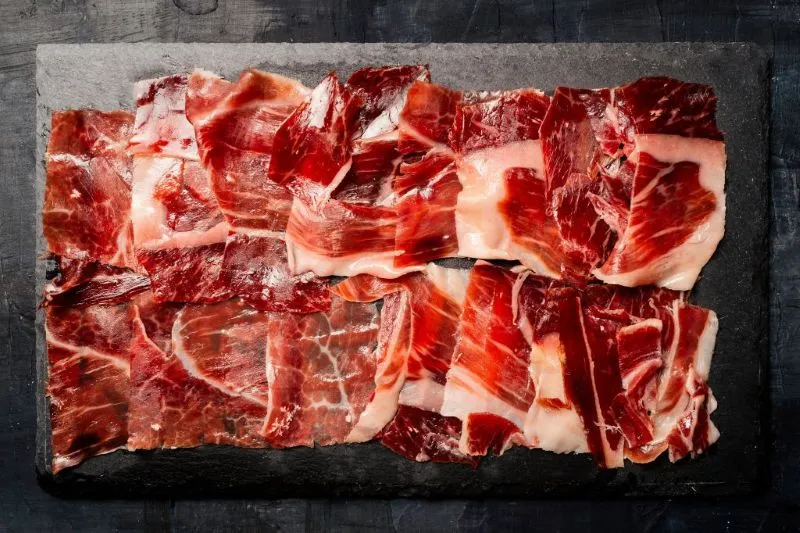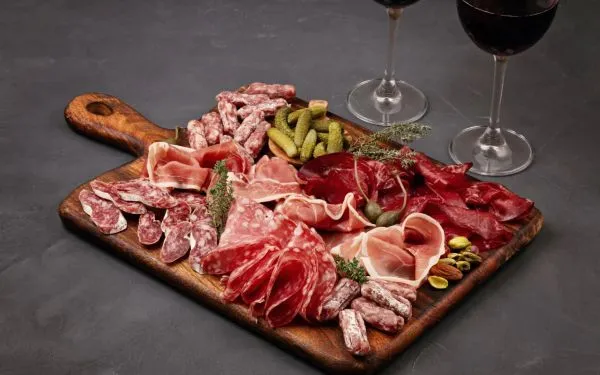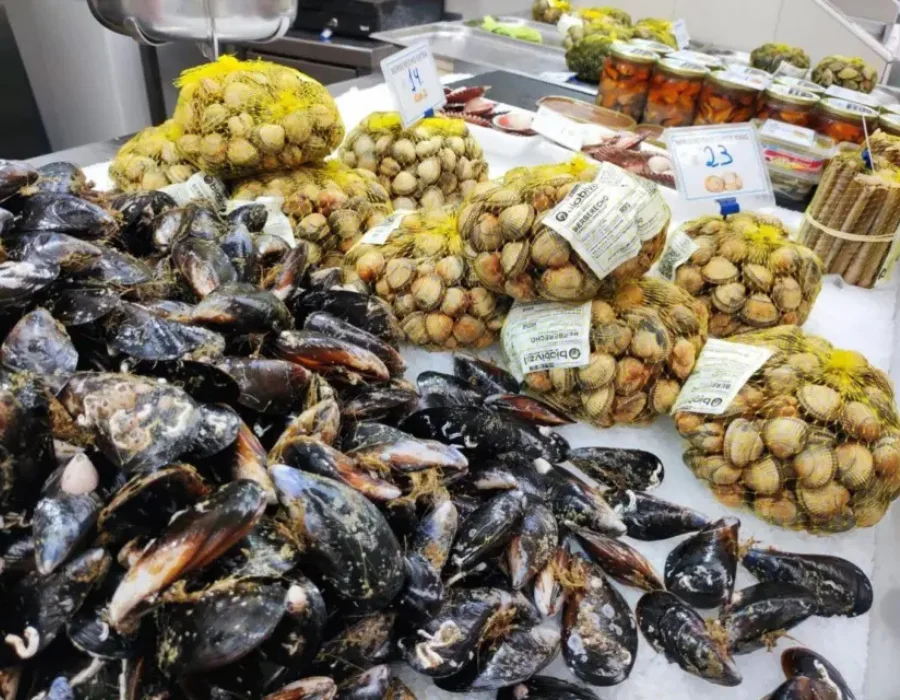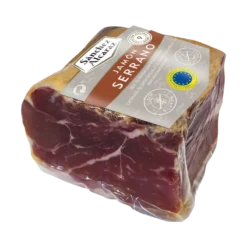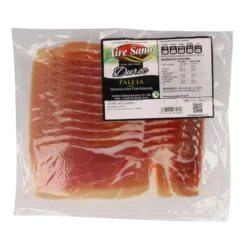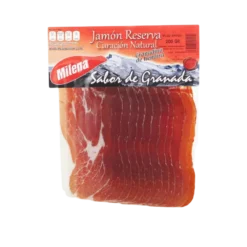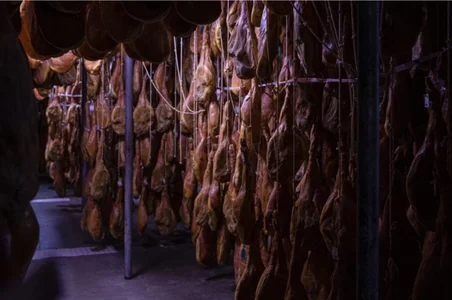Serrano ham, or Jamón Serrano, represents one of Spain’s most iconic gastronomic contributions to the world. Whether you’re a seasoned food enthusiast or embarking on your first culinary journey through Spanish cuisine, understanding this exquisite, cured ham will deepen your appreciation for one of Europe’s finest artisanal products.
The Origins and Heritage of Serrano Ham
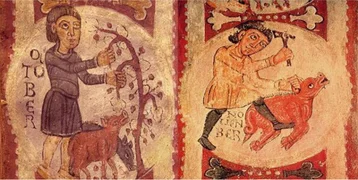
The Origins of Serrano Ham
“Labours of the Month” depiction from medieval times
Understanding the Types and Quality Classifications
Regional Varieties Worth Seeking
The Art of Consumption and Service
Serving Serrano ham properly transforms it from mere food into an experience. Temperature is paramount, with the ideal serving range between 20-25°C. At these temperatures, the fat properly melds with the lean meat, enhancing juiciness and allowing the ham to transmit its full organoleptic properties: appearance, texture, flavour, and aroma.

Slicing technique significantly impacts the final tasting experience. Thin, carefully cut slices maximize surface area and showcase the ham’s delicate structure. Hand-slicing surpasses machine-cutting because hand-cutting minimizes the mechanical friction and heat damage that machine blades generate. The smooth, firm movement of a quality knife preserves nutrients (including vitamins E and B) and maintains the ham’s complex flavour profile.
The traditional Spanish approach pairs Serrano ham simply with bread and wine or beer, allowing the ham’s qualities to shine without competing flavours. However, this versatile delicacy accommodates numerous applications: serve it with green olives, Manchego cheese, or other Spanish tapas specialties.
Perfect Pairings for Wine Enthusiasts
Nutritional Benefits and Health Considerations
Storage and Preservation
Experiencing Serrano Ham in Spain
For those planning visits to Spain, ham tourism has emerged as a fascinating culinary niche. The village of Trevélez in Granada, home of Jamón de Trevélez, offers museum experiences at Jamones Vallejo where visitors can learn about this unique delicacy and view historic ham drying facilities. Such experiences provide invaluable context for understanding the careful craftsmanship behind every slice.
How does Spanish Serrano Ham Compare To Prosciutto?
Serrano ham and prosciutto crudo are close cousins in the world of dry-cured meats, essentially representing the Spanish and Italian versions of cured pork leg, respectively.
Both are prized for their deeply savoury flavour and are made using similar techniques of salting and air-drying. However, a discerning palate will note key differences. Serrano ham tends to deliver a bolder, saltier, and more intensely savoury flavour profile, often accompanied by a firmer, leaner texture. This is typically a result of being cured for a slightly shorter time in the drier, mountainous air of the Spanish sierras.
In contrast, high-quality Italian prosciutto (like Parma or San Daniele) is known for being distinctly milder, sweeter, and more delicate, with a soft, buttery texture that almost melts in your mouth, often due to longer curing in more humid environments. So while you can often substitute one for the other in a pinch, choosing between the bold salinity of serrano and the gentle sweetness of prosciutto can dramatically change the character of a dish, making both essential staples for any gourmet charcuterie board.
How does Serran Ham Compare With Prosciutto?
Serrano ham and prosciutto are close cousins in the world of dry-cured meats, essentially representing the Spanish and Italian versions of cured pork leg, respectively. Both are prized for their deeply savoury flavour and are made using similar techniques of salting and air-drying. However, a discerning palate will note key differences.
Serrano ham tends to deliver a bolder, saltier, and more intensely savoury flavour profile, often accompanied by a firmer, leaner texture. This is typically a result of being cured for a slightly shorter time in the drier, mountainous air of the Spanish sierras.
In contrast, high-quality Italian prosciutto (like Parma or San Daniele) is known for being distinctly milder, sweeter, and more delicate, with a soft, buttery texture that almost melts in your mouth, often due to longer curing in more humid environments.
So while you can often substitute one for the other in a pinch, choosing between the bold salinity of serrano and the gentle sweetness of prosciutto can dramatically change the character of a dish, making both essential staples for any gourmet charcuterie board.


